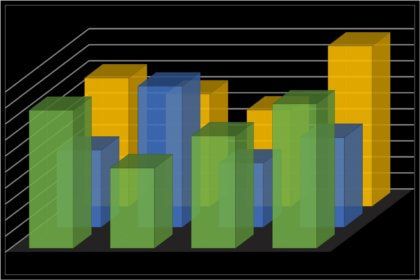Artificial Intelligence (AI), Machine Learning (ML) and Data Science (DS) have become hot topics these days. While there is a lot of excitement around these terms, people use them frequently and loosely, without a clear understanding of their meanings and scopes. In this article, we try to simplify these technologies and explain the difference between […]
Edvancer's Knowledge Hub
Understanding Artificial Intelligence, Machine Learning and Data Science
Data analysts and data scientists frequently use Python to clean and analyze data since it’s simple to use and is very flexible, owing to it having minimum rules. You can build powerful machine learning models and deploy these models in production using Python. But just installing Python isn’t going to get you anywhere – one […]
The 5 exciting machine learning, data science and big data trends for 2019 Big data and analytics have become crucial to business. But will that spine develop, or will it change the landscape of business yet again? Here’s a sneak peek into what the following months look like. Just a while ago big data was […]
In continuation with my previous post in this series on A/B Testing, let us dig a bit deeper into the process by looking at the aspects in the succeeding paragraphs. Separate the Experiences Completely The very first thing to do is to have a hard look at the user randomization and group splitting module that […]
In this series of articles, let’s have a quick look at the basics of A/B testing and also focus on revealing best practice tips. There is a plethora of books and articles dealing with statistical hypothesis testing, but very few of them discuss about what can go wrong. Although A/B testing is a widely prevalent […]
This blog post is the continuation of my previous articles part 1, part 2 and part 3. Caution: The Difference Between Training Metrics and Evaluation Metrics Sometimes, the model training procedure uses a different metric (also known as a loss function) than the evaluation. This can happen in the instance when we are re-appropriating a […]
This blog post is a continuation of the previous one on the same topic. Let’s begin on the data side. While model building, you skip over the phases of transport, store and secure, as you take a batch of useful data, based on your assumptions, and try to test some hypothesis about it. For example, let’s […]
In this blog post, I have examined a simple approach and methodology for developing analytics solutions. During my initial days of analyzing data, I used many spreadsheets, but did not follow a good methodology to approach problems. There’s only so much that you can sort, filter, pivot, and script when working with a single data […]
This blog post is the continuation of my previous articles part 1 and part 2. Per-Class Accuracy The average per-class accuracy is a variation of accuracy. It is defined as the average of the accuracy for each individual class. Accuracy is an example of what is known as a micro-average, while average per-class accuracy is […]
This blog post is the continuation of my previous post on evaluating a machine learning model. AUC AUC is an acronym for area under the curve. Here, the curve is the receiver operating characteristic curve, or ROC curve for short. This seemingly complex name originated in the 1950s from radio signal analysis, and was made […]











